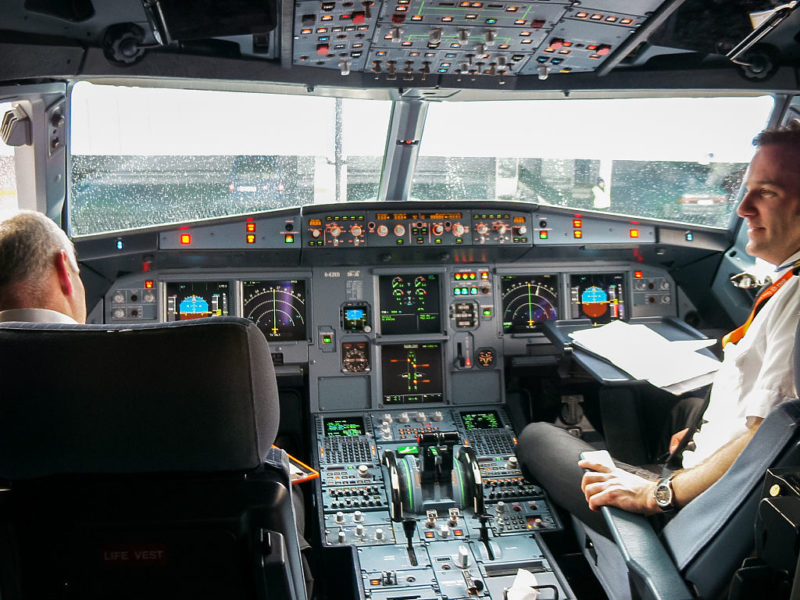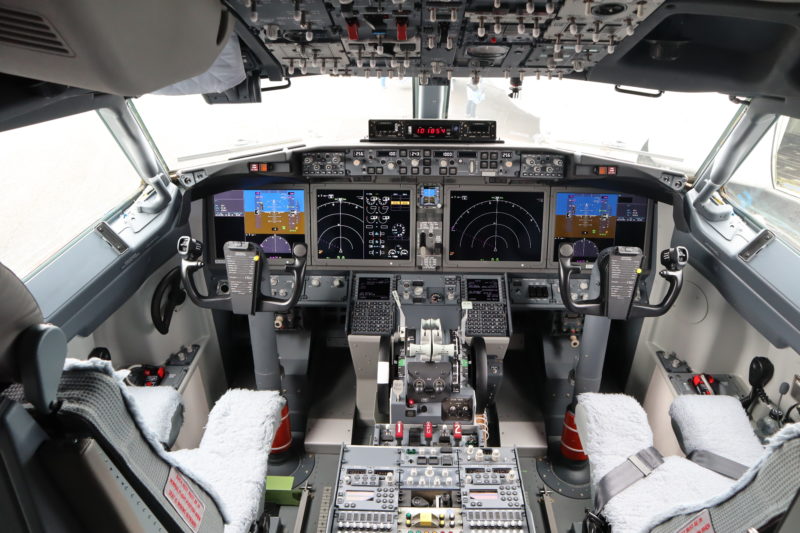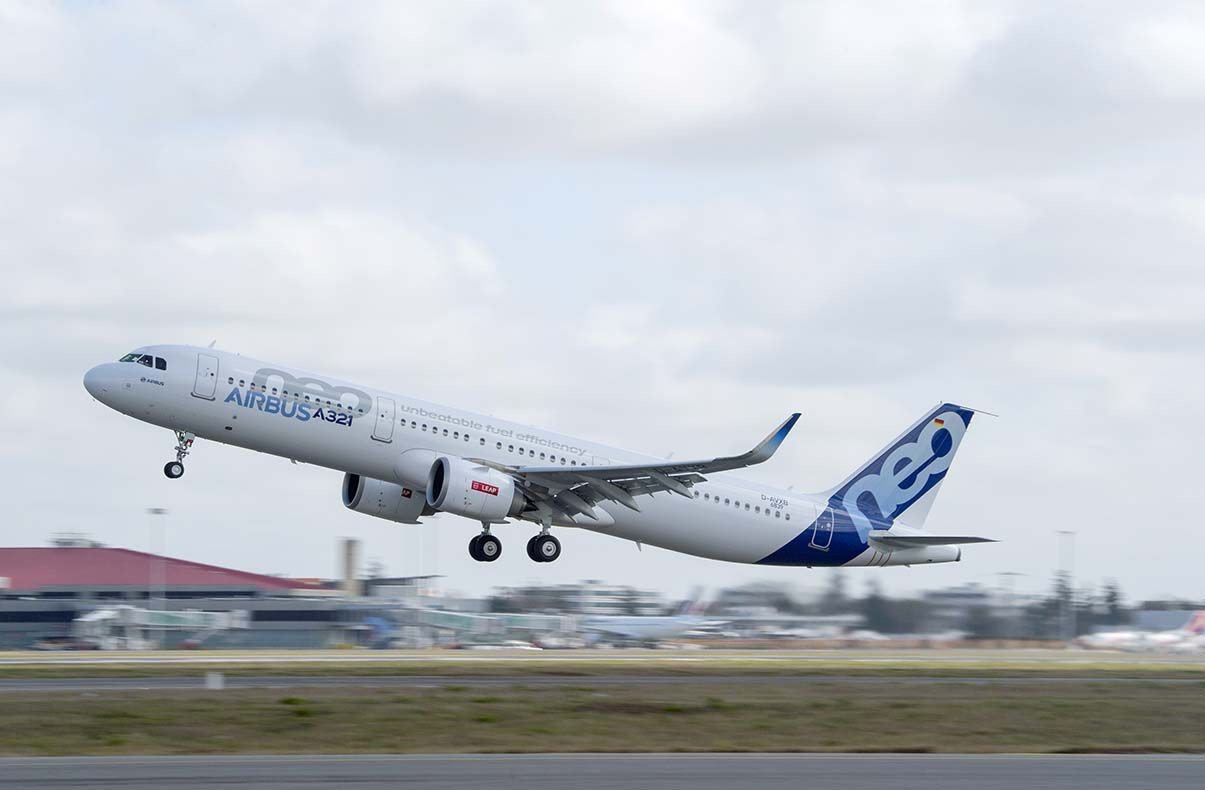The European Aviation Safety Agency (EASA) has issued an airworthiness directive to address a flight control anomaly on the Airbus A321neo.
Airlines operating the Airbus A321neo have received a set of temporary flight manuals, these manuals educate pilots in the event of an un-commanded excessive pitch up in altitude.
Analysis of the Elevator Aileron Computer (ELAC) L102 module, installed in A321neo aircraft, revealed that the excessive pitch up altitude is only sparked when the aircraft enters certain conditions and performs specific manoeuvres.
As a result of this un-commanded pitch up moment, pilots will have to work with an aircraft under reduced control.

Airbus notes this anomaly applies to Pratt and Whitney and CFM powered A321neos.
Being a fly-by-wire aircraft since its launch in the 1980s, the Airbus A320 Family boasts advanced flight control laws which protect passengers and crew members, as well as dampening uncomfortable adjustments to pitch and roll in flight.
The natural assumption for most is the similarity of this news to the 737 MAX crisis and comparing the two. However unlike the 737 MAX, which is based on the original 737 frame with manual flight controls, the Airbus A320 family has always been digitally controlled.
This allows for issues to be mostly ironed out with software. In the case of MCAS on the 737 MAX, Boeing had to introduce a new flight control system to a frame that was never intended to house it.

Because the flight control anomaly has already been identified, and remedies are already being worked on, it is unlikely that this problem will be of concern; if the problem was even serious to begin with.
EASA has given airlines 30 days to provide the necessary updates to flight manuals for the A321neo.




